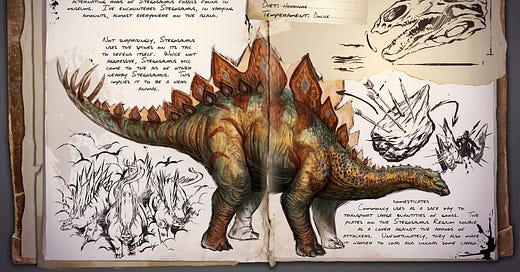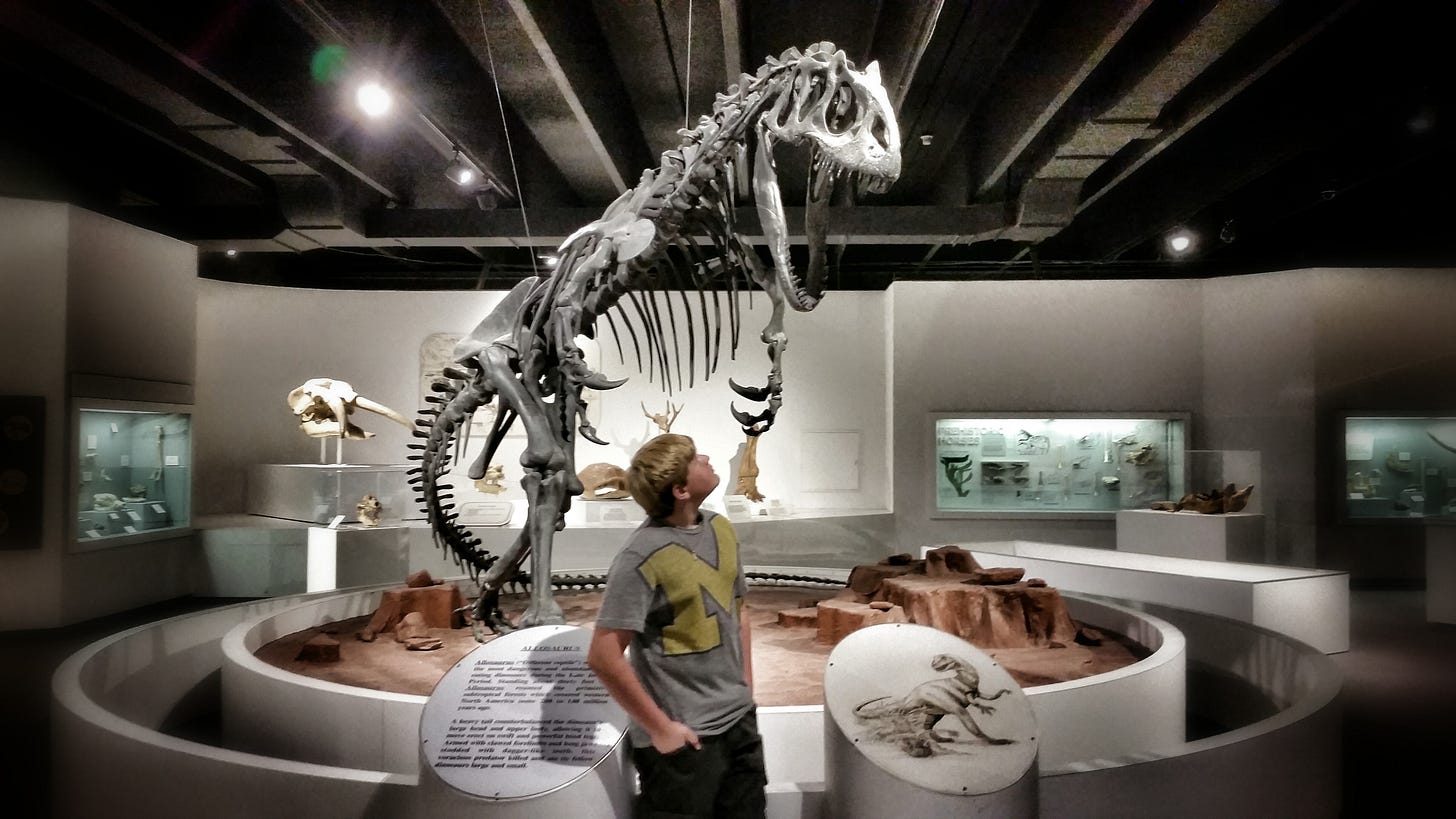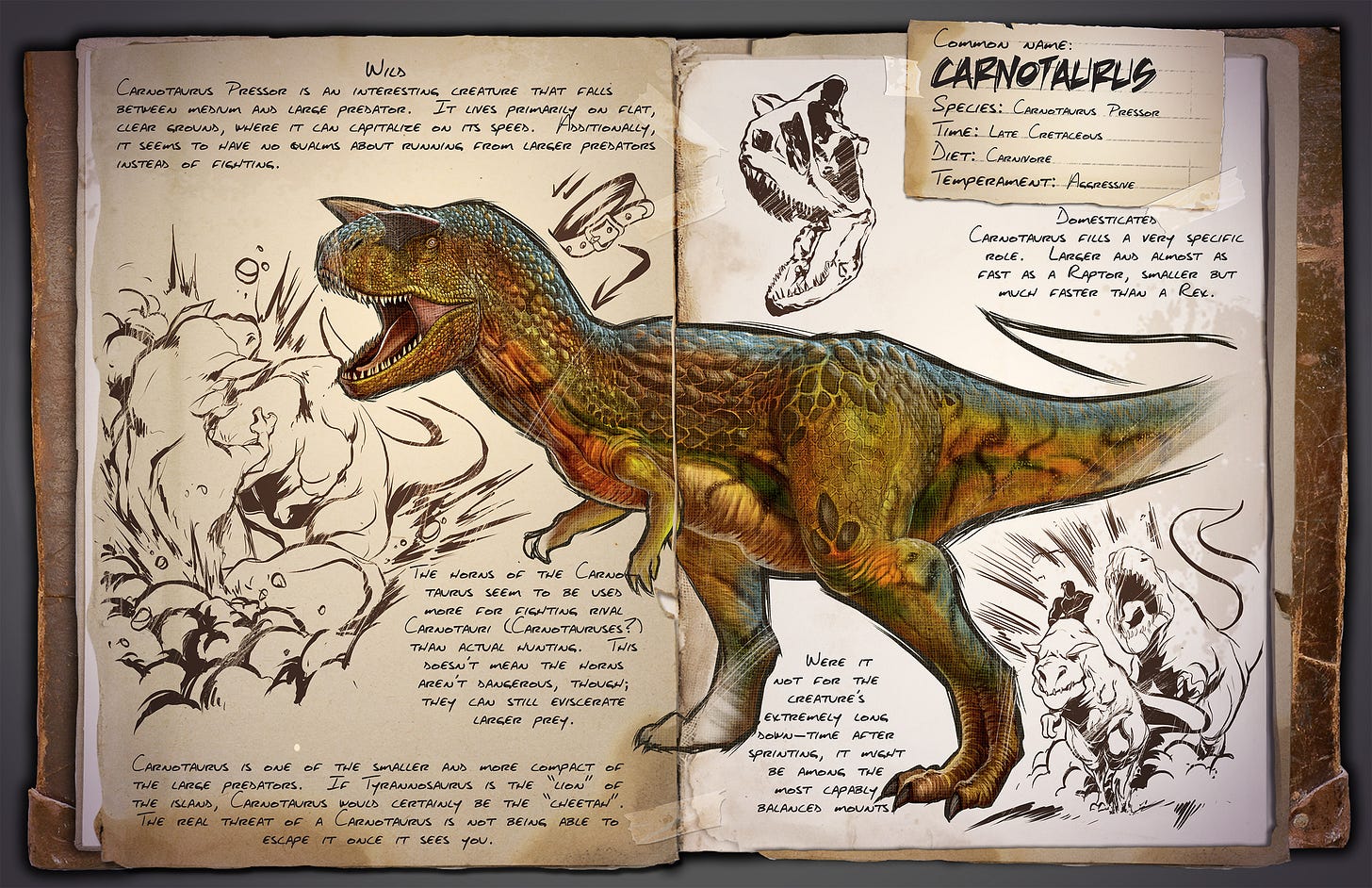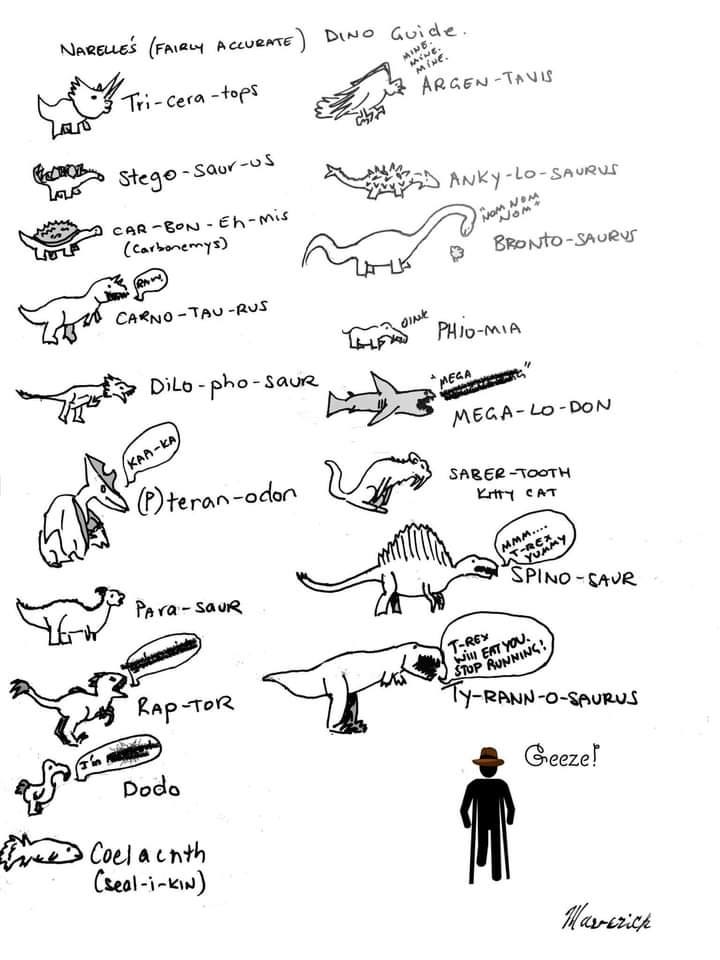The relationship between Christianity and the discovery of dinosaurs has been a subject of considerable interest, particularly concerning the challenges and reinterpretations within Christian thought since the early 19th century. This article explores the historical context and theological adjustments made by Christians in response to paleontological findings, particularly the discovery of dinosaurs.
The story begins in 1809 when a dinosaur skeleton was discovered in England by a dentist—an event that led to a significant reevaluation of their existence within the Christian worldview. Over the next three decades, the accumulation of similar finds established that these creatures were not anomalies but part of a previously unrecognized world. The term "dinosaur," meaning "terrible lizard," was coined by Sir Richard Owen in 1841 to describe these large extinct reptiles.
The realization that these creatures existed presented a theological dilemma. The literal interpretation of the Bible suggests a young Earth, created approximately 6,000 years ago based on the Old Testament genealogies alone. The existence of dinosaurs, which seemed to predate this timeline by a supposed 65 million years, prompted a reevaluation of biblical texts. One such reinterpretation was the "Gap Theory," which proposed a temporal hiatus between Genesis 1:1 and 1:2, allowing for a long, undefined period during which dinosaurs and other prehistoric life forms existed.
Other theories, such as Progressive Creationism and the Day-Age Theory, emerged, proposing that the "days" of creation described in Genesis might represent longer periods, thus accommodating the geological and fossil records. These theories reflect a broader trend of attempting to harmonize scripture with scientific discovery, though they diverge significantly from a strictly literal interpretation of biblical texts.1 The fact of the matter is the earth is not millions of years old and we don’t need to compromise the text with the idea that the earth is billions of years old. To go deeper, see the “Preponderance of Evidence for a Young Earth”.
When Were Dinosaurs Created?
Let me give you just a quick history here of what the Bible teaches the world was like and we’ll cover more on this later. The Bible says that God made the world in six days. Then the world lasted about 1,650 years until the flood came in the days of Noah. During the time that we call the pre-flood era, things were very different. People lived to be more than 900 years old. The Bible says Adam was 930, Methuselah was 969. Things were very different in the antediluvian world. According to a literal interpretation of Genesis, dinosaurs were created by God on the sixth day of creation, approximately 6,000 years ago, alongside other land animals and humans (Genesis 1:24–25) . Initially, dinosaurs were herbivorous, as death and predation had not yet entered the world (Genesis 1:30). However, after the Fall of man (Genesis 3), carnivory and other survival adaptations likely developed.
A Few Other Types of Dinosaurs
Hypsilophodon foxii – Among the first dinosaurs discovered in 1849.
Tyrannosaurus rex – First described in 1905, this "tyrant lizard king" remains one of the largest and most fearsome terrestrial predators.
Sauropods ("lizard feet") – Included the largest land animals ever discovered.
Albertaceratops nesmoi – A newly uncovered species with three-foot-long horns positioned above its eyebrows.
Tannon Judkins at Panhandle Plains Museum
Dinosaurs on Noah’s Ark?
Genesis 6:19–20 states that two of every kind of land-dwelling creature (except for additional clean animals) were brought onto Noah’s Ark. This would include dinosaurs, as they were land vertebrates. However, contrary to popular depictions of full-grown Brachiosaurus aboard the Ark, it is likely that younger, smaller representatives of each dinosaur kind were taken to ensure manageability and space conservation.
Although over 668 dinosaur species have been named, estimates suggest there may have been only around 55 distinct "kinds" of dinosaurs. Many dinosaurs, especially juveniles, were small enough to fit within the Ark’s dimensions.2
During the global flood described in Genesis 6–9, many dinosaurs were buried rapidly under sedimentary layers, leading to the formation of fossils. However, two of every kind of land vertebrate—including dinosaurs—were preserved on Noah’s Ark (Genesis 6:19–20).3 Over time, post-flood climatic changes, human activity, and other factors contributed to their extinction. While mainstream scientists claim dinosaurs lived millions of years ago, it is important to note that dinosaur fossils do not come with labels indicating their age. Their dating is inferred through radiometric techniques and evolutionary models. However, a biblical framework suggests that dinosaurs lived alongside humans within the past few thousand years. The genealogical records in the Bible support a young-earth timeline.4
In 2005, Dr. Mary Schweitzer and her research team published a paper describing the discovery of intact blood vessels and red blood cells within a Tyrannosaurus rex bone.5 Although surprising to the scientific community, reports of soft tissue preservation in fossils have been documented for decades. The presence of soft tissue challenges conventional dating models, as organic material should not persist for millions of years under normal conditions.
Leviathan: The Sea Dragon
So does the Bible, in fact, reference dinosaurs? Though it never explicitly uses the term dinosaur, instead, it is the Hebrew word tanniyn (תַּנִּין) which is used, translated variously in English Bibles as sea monster, serpent, or dragon. The King James Version (KJV) most frequently renders tanniyn as dragon. This word appears approximately thirty times in the Old Testament, describing creatures found both on land and in water (e.g., Psalm 74:13; Isaiah 27:1; Jeremiah 51:34) . The description suggests that tanniyn refers to some type of large reptilian creature.
Another Hebrew term often linked to large prehistoric creatures is livyathan (לִוְיָתָן), transliterated as leviathan. This word appears six times in Scripture (e.g., Job 41:1; Psalm 104:26) and describes a massive, fierce sea creature. Leviathan is described in Job 41 as a powerful sea creature with impenetrable scales, fire-breathing capabilities, and a fearsome nature. Unlike behemoth, leviathan is not classified as a dinosaur but rather as a marine reptile. Some scholars believe it could represent a now-extinct sea creature such as a mosasaur or a pliosaur. Others suggest it may refer to a supernatural entity or a literal fire-breathing dragon. The depiction of leviathan in Job 41 portrays a powerful and unstoppable being against which human weapons are ineffective:
“On earth there is not his like, a creature without fear” (Job 41:33, ESV).
Behemoth: A Biblical Dinosaur?
In Job 40:15–24, God describes a massive, plant-eating creature called behemoth. Its tail is likened to a cedar tree, a comparison that does not fit modern animals such as elephants or hippopotamuses, which have relatively small tails. Some biblical scholars suggest that behemoth closely resembles a sauropod dinosaur such as Brachiosaurus, Apatosaurus, or Saltasaurus—large, long-necked herbivores with enormous tails—better fit the description. 3
It is described as:
“A prime example of God’s handiwork” (Job 40:19).
A massive, plant-eating animal that dwells near water.
Having bones like “brass” and limbs like “bars of iron” (Job 40:18).
Possessing a tail “like a cedar tree” (Job 40:17).
Were Dragons Real?
Ancient historians and writers consistently described dragon-like creatures, often in the same context as other known animals. Accounts of "fiery flying serpents" (Isaiah 30:6) exist in various ancient texts, including Greek, Chinese, and Mesopotamian sources. Some scholars believe these references may point to real creatures, now extinct, that were misunderstood or exaggerated over time.6
Are Birds Evolved Dinosaurs?
Many evolutionary biologists assert that modern birds evolved from theropod dinosaurs. However, several scientific challenges exist for this hypothesis:
The fossil record shows birds appearing before the alleged "feathered dinosaurs."
There is no known mechanism for transforming reptilian scales into complex, functional feathers.
Avian respiratory systems differ significantly from those of reptiles, requiring a completely different lung structure.
From a biblical perspective, birds were created on Day Five, before land animals (including dinosaurs) on Day Six (Genesis 1:20–25). This order contradicts evolutionary claims that birds descended from dinosaurs.7
The question of dinosaurs in the Bible remains a matter of interpretation. If Genesis is taken literally, dinosaurs were created thousands of years ago and coexisted with humans. While mainstream science dates dinosaurs to millions of years ago, biblical creationists argue that historical accounts, ancient depictions, and scientific discoveries—such as soft tissue in fossils—support a more recent existence of dinosaurs.
Thank you for reading Dr. Aaron Judkins Substack.
As a token of our appreciation, we're offering you a limited-time offer of 20% off a paid subscription for your first year. Thanks again for reading!
PS. If you loved this article, you’ll love seeing “Dinosaur Pictograph: Kachina Bridge”, the film “Forbidden History of Dinosaurs” and our “Out of Place Artifacts” Digital Library. Be sure to head over to our Ancient Pathways Patreon site.
Footnotes
Taylor, I. (1984). In the Minds of Men: Darwin and the New World Order. Toronto: TFE Publishing.
Woodmorappe, J. (1996). Noah’s Ark: A Feasibility Study. El Cajon, CA: Institute for Creation Research.
Morris, H. (1984). The Biblical Basis for Modern Science. Grand Rapids: Baker Books.
Ussher, J. (1650). Annals of the World. London: E.Tyler for F. Crook and G. Bedell.
Schweitzer, M. H., Wittmeyer, J. L., Horner, J. R., & Toporski, J. K. (2005). Soft-Tissue Vessels and Cellular Preservation in Tyrannosaurus Rex. Science, 307(5717), 1952–1955.
Cooper, B. (1995). After the Flood: The Early Post-Flood History of Europe Traced Back to Noah. Chichester: New Wine Press.











